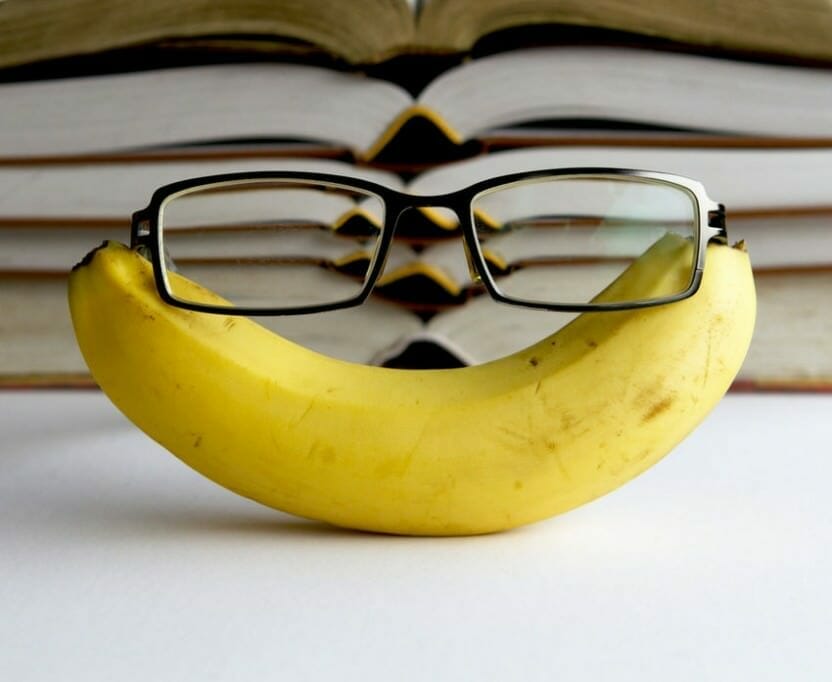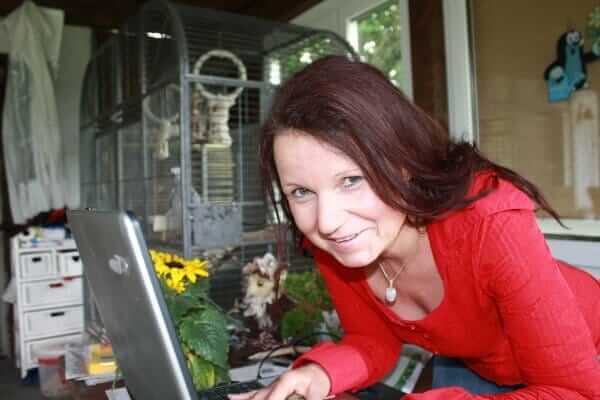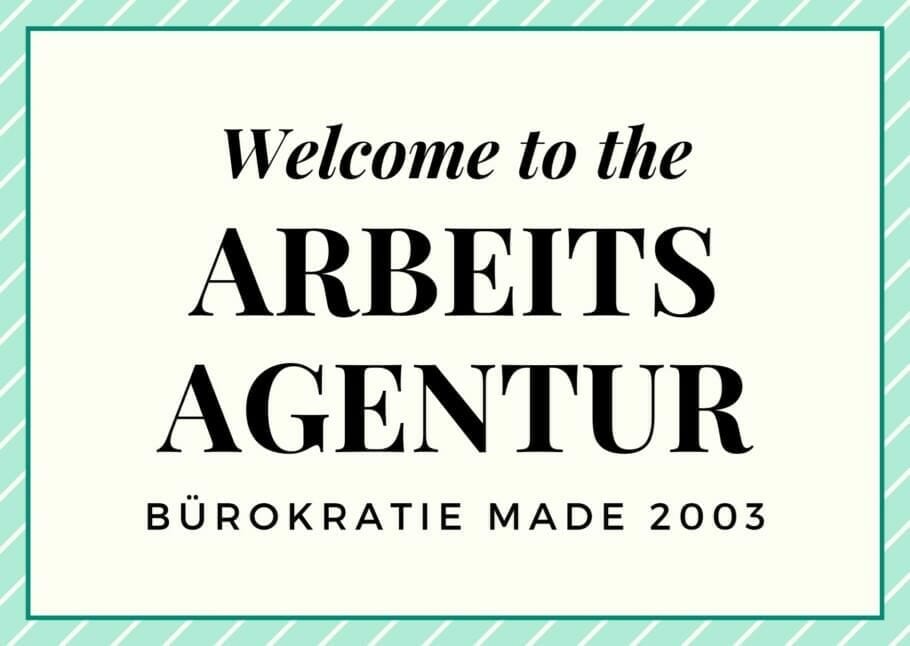The mouth is our real speaker. The words come out as we “shape” the sounds with the muscles around the mouth. So with some training we can read from the lips of the other person without hearing the sound of the words.

- Just make your mouth open
- A smile that enchants
- Smile as a weapon
- Cold Smiling fed off
- Smile as a threat
- Behavioral patterns of the Stone Age
- Defense: Turn the body aside
- Open body
- Body language barriers
- Top books on the subject
- Read text as PDF
- Advice on success, goal achievement or marketing
- Book eCourse on Demand
- Skate eBook as desired
Just make your mouth open
In addition, the mouth also emits a multitude of signals that have nothing to do with the words. The mouth is the gateway to the vital and enjoyable food intake. If something does not taste good, we simply close our mouths.
Are we not one? Opinions with our interlocutor, we press our lips together. Although maybe ours light more inclined Head intended to symbolize a thoughtful gesture, the pressed lips clearly show defence. We don't let the other opinion get to us, the mouth serves as a barrier. You should never take this kind of silence as approval!
A smile that enchants
The books on the subject (advertising)
One of the most important signals of our mouth is the smile. How does a smile come about? When did we learn it? Nothing captivates the parents as much as the first smile of their baby. Many developmental psychologists are of the opinion that this is only an unconscious muscle movement in the face of the small earth citizen.
The angle of the mouth pulls up at random. And how do parents react to it? Through joyful attention, through loving words and through a conscious smile. Does the toddler only learn through this reaction that his smile has a positive effect?
Of course, there is also an innate smile: just like the face that smiles when you taste a lemon Eyes and the mouth tightens, the corners of the mouth lift slightly at the thought of something sweet, pleasant, or pleasant. Similar to the lemon example, this expression is also expressed by the eyes.
Smile as a weapon
It is quite different with the typical victorious smile: a series of radiant white, flawless teeth flashes out of a brown-burned face. With so much shine no one looks any more in the eyes anyway. The victor smiles and shows his teeth - our consciousness wants us to convince him that he is friendly and open to us.
But our subconscious also registers the threatening gesture behind it. A dog would never look at that Idea come to take another dog's bared teeth for a friendly welcome! This kind of smile - the lips parted just enough to show the teeth - is almost an open threat.
Cold Smiling fed off
Discounts for your success (advertising)!
But there is also the far more harmless, binding smile. The corners of the mouth pull upwards, but otherwise there is no muscle in the face, the eyes remain completely uninvolved. Sometimes it is accompanied by a slight nods. This smile has somehow tense, the binding gesture only pretends - behind it hides indifference and disinterest.
The other does not feel taken seriously, real Communication This creates even less than with a real threatening gesture.
Smile as a threat
A threat can lead to confrontation and thus to the confrontation with the other. But such a supposedly binding gesture says:
"For me you are not an opponent to be taken seriously, I feed you off with a smile - and then on to important things!" A basically friendly greeting ritual - the smile - has become a barrier that is often difficult to overcome.
Behavioral patterns of the Stone Age
Many of our body language behavior patterns have been the same since time immemorial. This is especially true in the area of "defense gestures". clear. Before man possessed elaborate weapons and defense mechanisms, he used only his body for combat and protection.
And he knew there were more or less sensitive body parts. A fist in the belly or a bite in the neck is still mostly fatal today.
Defense: Turn the body aside
If, on the other hand, the blow was removed with the arm, there was at most one broken bone, but usually no life-threatening injury.
Therefore, our ancestors attacked an attacker with a body turned to the side, facing the somewhat more insensitive bone side, thus protecting the sensitive soft parts.
Open body
This behavior pattern has remained the same to this day. An open posture presents the other with the vulnerable front - neck, chest and abdomen. "I'm not afraid of you, I'm not taking cover."
In turn, we unconsciously turn our bone side, our side face, to a potential opponent. We show him the cold shoulder. The other feels the subconscious movement, the barrier.
Body language barriers
It is difficult to communicate with someone over the shoulder in a friendly way. The barriers to conversation on the bone side stand in the way.
This often imperceptible lateral turning is one of the most common body language barriers.
Top books on the subject
Read text as PDF
Acquire this text as a PDF (only for own use without passing it on according to Terms and conditions): Please send us one after purchase eMail with the desired title supportberufebilder.de, we will then send the PDF to you immediately. You can also purchase text series.
4,99€Buy
Advice on success, goal achievement or marketing
You have Ask round to Career, Recruiting, personal development or increasing reach? Our AI consultant will help you for 5 euros a month – free for book buyers. We offer special ones for other topics IT services
5,00€ / per month Book
Book eCourse on Demand
Up to 30 lessons with 4 learning tasks each + final lesson as a PDF download. Please send us one after purchase eMail with the desired title supportberufebilder.de. Alternatively, we would be happy to put your course together for you or offer you a personal, regular one eMail-Course - all further information!
29,99€Buy
Skate eBook as desired
If our store does not offer you your desired topic: We will be happy to put together a book according to your wishes and deliver it in a format of yours Choice. Please sign us after purchase supportberufebilder.de
79,99€Buy




















Post a Comment